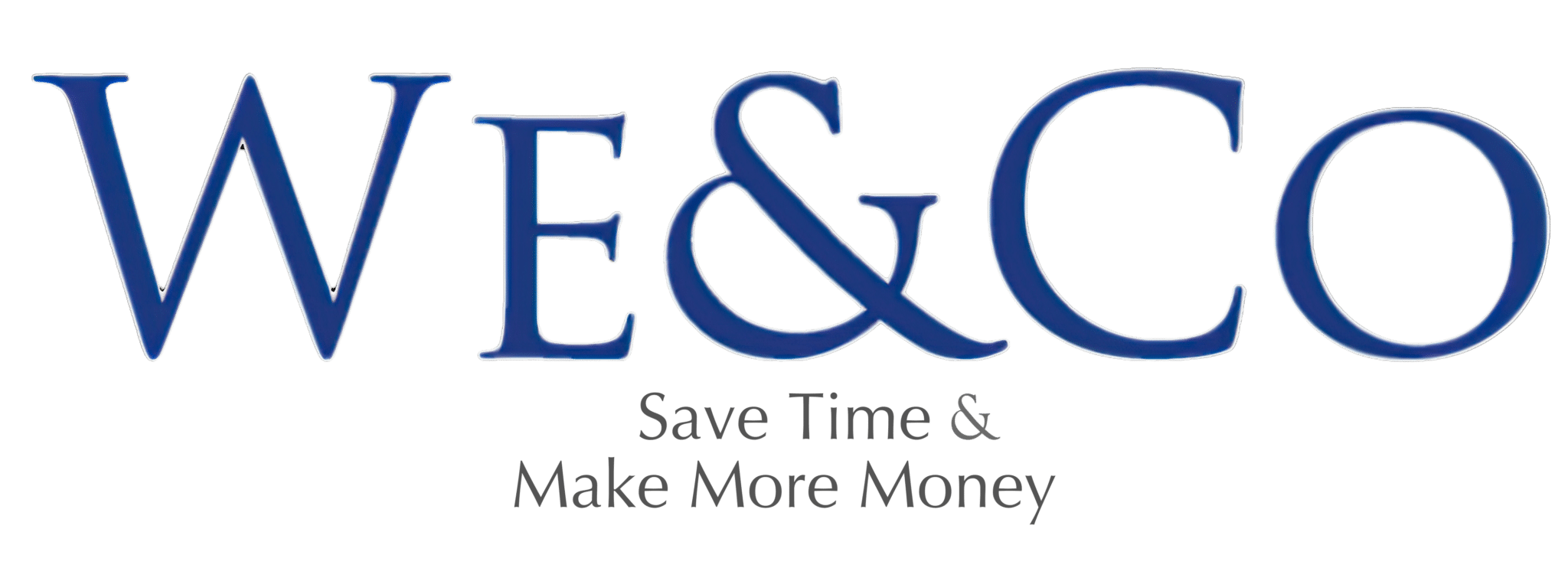The Change Curve: Transformation for Small Businesses

The change curve is a powerful model that describes the stages people go through as they adapt to change. Whether it’s a personal transformation or a course correction in a small business, understanding the change curve can help you navigate the challenges and opportunities that come with change. Let’s dive into this fascinating concept, explore each stage, and look at real-life examples!
Introduction to the Change Curve
What is the Change Curve?
The change curve is a psychological model that illustrates how people typically respond to change. It’s often used in business to help manage organizational change, but it can also apply to personal growth and development.
The Importance of the Change Curve in Small Business
Understanding the change curve can be a vital tool for small business owners. It helps in anticipating reactions to change, planning course correction, and implementing strategies to support employees and the business itself.
The change curve was initially based on the five stages of grief identified by Elisabeth Kübler-Ross. Source
The Stages of the Change Curve
The change curve consists of several stages, each representing a different emotional response to change. These stages are:
- Denial
- Resistance
- Exploration
- Commitment
Denial – The First Stage
Denial is the first stage of the change curve. It’s a natural reaction to unexpected or significant change. In this stage, individuals or businesses may refuse to accept that change is happening. They may feel shock, disbelief, or even a sense of paralysis.
For a small business, denial might manifest as ignoring market trends or failing to recognize the need for a course correction. It’s a stage where reality hasn’t fully sunk in, and the focus is on maintaining the status quo.
Example 1: A small business owner ignoring the rise of online shopping and insisting that their brick-and-mortar store doesn’t need an online presence.
Example 2: An employee refusing to learn new software, believing that the old system will continue to be used.
Example 3: A company denying the need for sustainability practices, despite increasing consumer demand for eco-friendly products.
Example 4: A manager ignoring feedback from employees, believing that current management practices are perfect.
Example 5: A startup refusing to pivot or make a course correction despite clear signs that the current business model isn’t working.
Denial is often a short-lived stage, but it can be prolonged if the change is particularly shocking or if individuals are not given the information they need to understand what is happening. Source
Resistance – The Second Stage
Resistance is the second stage of the change curve. In this phase, people begin to recognize that change is happening, but they resist it. This resistance can manifest as anger, frustration, or anxiety.
In a small business context, resistance might be seen in employees who are openly opposed to new policies or changes in direction. It’s a stage where fear and uncertainty dominate, and the focus is on fighting the change rather than embracing it.
Example 1: Employees protesting a new work schedule that they feel is unfair.
Example 2: A business owner resisting the adoption of new technology, fearing it will be too complicated or expensive.
Example 3: A team resisting a new manager, fearing a loss of camaraderie and a change in team dynamics.
Example 4: A company resisting a shift in marketing strategy, despite evidence that the current approach is not reaching the target audience.
Example 5: A small business resisting a necessary course correction, such as a change in suppliers, due to fear of the unknown.
Fact 3: Resistance is a normal and expected reaction to change. It can be managed through communication, support, and involvement in the change process. Source
Exploration – The Third Stage
Exploration is the third stage of the change curve. This stage represents a turning point where individuals or businesses begin to explore the possibilities that change brings. Curiosity, experimentation, and a willingness to learn characterize this phase.
In a small business, exploration might involve researching new markets, experimenting with new products, or embracing new technologies. It’s a stage where the focus shifts from fear and resistance to curiosity and possibility.
Example 1: A company exploring new marketing channels to reach a broader audience.
Example 2: A small business owner experimenting with different pricing strategies to find what works best.
Example 3: A team exploring new collaboration tools to improve communication and productivity.
Example 4: A manager exploring different leadership styles to better support their team.
Example 5: A startup exploring a course correction to align with market demands and opportunities.
Fact 4: Exploration is often a creative and energizing stage, but it can also be chaotic and confusing without clear direction and support. Source
Commitment – The Final Stage
Commitment is the final stage of the change curve. In this phase, individuals or businesses fully embrace the change and commit to making it work. Acceptance, determination, and grit characterize this stage.
For a small business, commitment might involve fully implementing a new strategy, investing in new technologies, or committing to a new direction. It’s a stage where the focus is on action, growth, and future success.
Example 1: A company fully implementing a new customer service strategy to improve satisfaction.
Example 2: A small business owner committing to a course correction and investing in new equipment to meet market demands.
Example 3: A team committing to new work processes to improve efficiency and collaboration.
Example 4: A manager committing to ongoing professional development to better support their team.
Example 5: A startup showing grit by committing to a new business model after a significant pivot.
Fact 5: Commitment is the stage where the change becomes the new normal. It requires ongoing support and reinforcement to sustain the change. Source
Conclusion
Embracing the Change Curve in Small Business
The change curve is more than just a theoretical concept; it’s a practical tool that can help small businesses navigate the complex and often emotional journey of change. By understanding each stage and recognizing where you or your business might be on the change curve, you can plan and implement strategies to support successful change.
Whether it’s a minor course correction or a significant transformation, embracing the change curve with awareness, empathy, and grit can lead to growth, innovation, and success in your small business.
Keep Learning and Growing
The journey of change never truly ends. Keep exploring, learning, and growing. Embrace the change curve as a guide, and don’t be afraid to make course corrections as needed. Your small business’s success depends on your ability to adapt, innovate, and show resilience.
About We&Co Huddles
We&Co is a professional co-oping & professional networking business that was founded in Springfield, Missouri in 2020. While there are many professional networking groups in and around the United States, We&Co focuses on creating small industry-specific groups with five to ten professionals who all have the same target audience but offer different products and services.
In essence, professionals come to us when they want to save time while making more money. These industry-specific groups are essential pods of professionals surrounded by their ideal referral partners.
These small groups of referral partners (called “Huddles) meet up twice a month for an hour and talk strategy on how to become that one-stop-shop for their clients. If you are a professional who is interested in joining or launching your own We&Co co-op (or “Huddle” as we like to call them), feel free to email us here and remember to sign up for a FREE 14-day trial (no credit card details needed).

